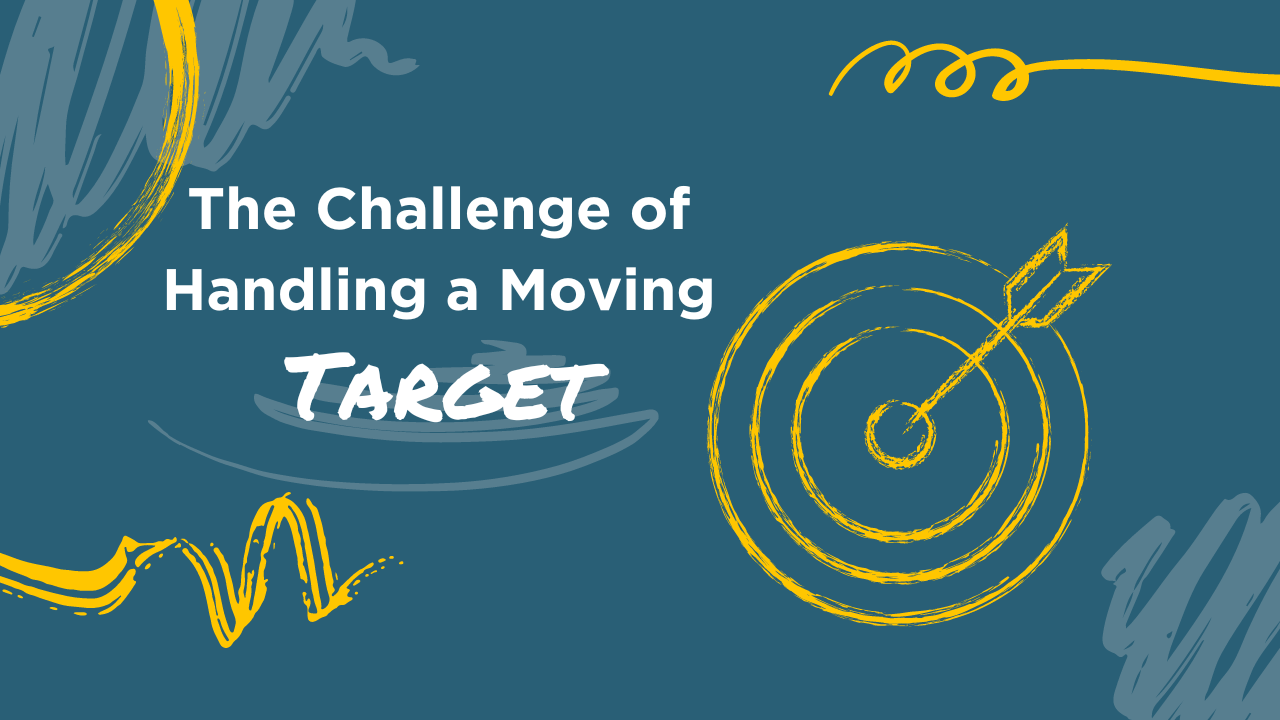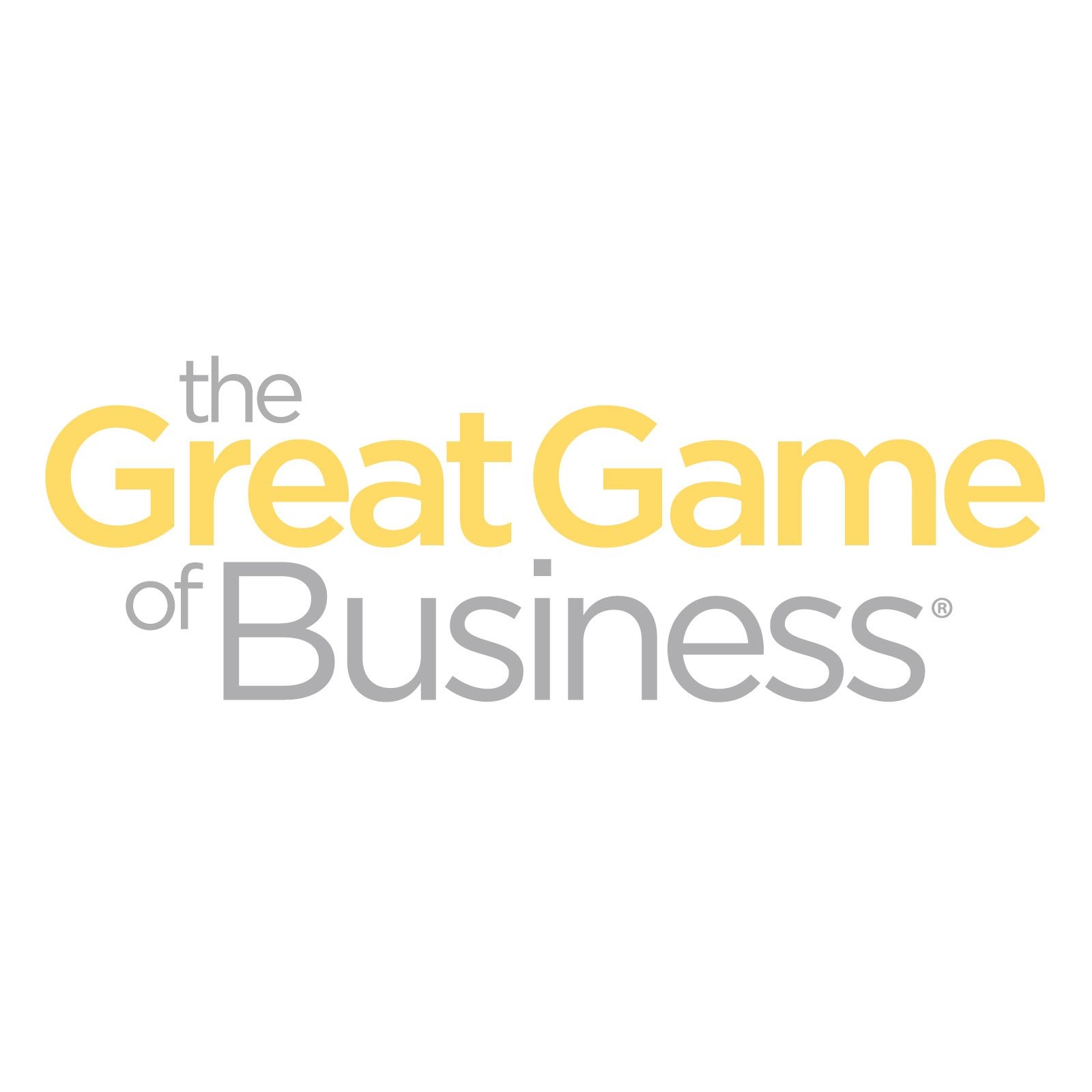 Since I promised to deliver Part Two of our prior blog, here it is.
Since I promised to deliver Part Two of our prior blog, here it is.
As a recap, I blogged last time about how challenging it can be to focus on numbers that tend to change even after you’ve technically closed the books on an accounting period. It can be difficult and confusing to determine what number you’re starting your new period off with because your books close so many weeks after the period ends.
This affects you most when you try and build a bonus program around a critical number for the beginning of a New Year without the advantage of having the closing number available until several weeks into the New Year.
You’re going to run into this any time you choose a critical number that comes from the balance sheet or cash flow statement. It’s much easier to work off the income statement because it uses figures that have been accumulated over a 12-month period of time. There’s a lot of history there so you tend to have a pretty good idea about where you’re going to end up at the end of the year, which makes for a more accurate starting point. That also means you can get your bonus program going before the year starts with a more certain feeling of accuracy.
With ratios that come from the balance sheet and cash flow statement, you have a lot more variables to deal with – everything from payment to suppliers to receivables from your customers – that throw off your beginning and ending numbers. The reason is that these numbers are more current, just like when you deal with the balance on your checkbook. Since it’s real-time information, it’s constantly changing. When you have such a moving target, it becomes really hard to figure out where to start and end a bonus program.
That’s why I think many companies playing The Great Game of Business shy away from choosing critical numbers based on the balance sheet and cash flow statement.
So how are you supposed to create a bonus program based on a critical number when that number seems to change by the hour, right?
That’s really the lesson I want to get to. If you don’t know what number to start with, go to where you want to end up at and work backwards from there.
Let’s return to our example we used in Part One.
During our high-involvement planning process in October 2011, we determined that debt would be our critical number for 2012. (Remember our year starts in February). When you begin your planning process four months before a New Year begins, you’re challenged at determining what numbers you should use to build your bonus program around. As a result of the decision to pay off our shareholders, we knew that debt would be our critical number for 2012. But we had two challenges to tackle:
- Determining what the opening debt would be on Feb. 1, 2012.
- Setting a goal in reducing the debt to a level that the associates could achieve by the end of the year that the company could benefit from.
Our planning process starts in October and picks up speed by early December, at which time we have all the corporation’s forecasts and financial plans for 2012 with estimates on opening and closing financial ratios. It was at this time that the forecasted and estimated accumulated debt for the end of 2011 was approximately $38 million. The ending forecast for 2012 indicated that the closing debt would be approximately $31 million. To put that another way, the organization would produce about $7 million over and above capital needs to pay down debt.
In December, based on everyone’s estimates, it appeared that we could have a critical number program ready by simply starting out the 2012 year with $38 million worth of debt. We could then put an incentive program in place that would realistically drive down that debt to a point where associates would not only be rewarded, but the company would also be stronger as a result of tackling this vulnerability.
We talked with our associates at the corporate level and agreed that we would strive to reduce the debt in 2012 by $10 million - $3 million more than what was forecasted in the original plan. Our policy has always been to start a New Year incentive program based on the closing number of the prior year. The reason we do this is to encourage continuous improvement. So we thought it would be very attractive for all parties concerned to build an incentive program that would drop our debt from $38 million to $28 million, which we could accomplish in 10 steps ($1 million a step) with a 2% reward toward compensation for every $1 million we attained in marching toward the goal. If they hit the full goal, the corporate associates would receive a bonus equivalent to 20% of their salaries (subsidiaries have their own critical number program).

But what happened is that at the end of January, the organization got aggressive hgihabout improving on the $38 million number – because receivables came in early, payables went out late and inventories were way below expectations – which led to a closing figure of $33 million.
Can you see the dilemma? We had done well in setting the expectations that we would start out with $38 million in debt. Now, with the year-end closing performance, we would have to revise our figures where the starting number would be $33 million. And, if our earlier estimates were correct and we thought we could still reduce debt by $10 million, the new ending would be $23 million if the logic of our estimates were the same.
But, wouldn’t you know it, four days after we closed the books, we took on another $5 million in debt, which brought us back to our original forecast of $38 million.
When we close the year and audit the books, the ending debt figure will be $33 million. But when we do a deeper dive in terms of what the difference was between the opening day and four days later, we realized that all the money received to pay down the debt was more of a timing issue since $38 million was much closer to actual starting point than the books will show.
That’s why timing the balance sheet and cash flow statement will drive you crazy.
As a result, we entered into a significant debate with the associates to try to determine what we could actually do in 2012. We agreed upon the fact that our prior forecasting showed that we would end up with $31 million in debt, and that was what really mattered. We then discussed whether or not we could stretch a little bit to $28 million as the ending point of the critical number program and finalize the incentive program. After scratching our heads for a short period of time, we all agreed this was the right thing to do.
We’ll let you know in blogs to come about where we stand against our corporate critical number.
We share this story with you because we don’t want you in your company shying away from choosing a critical number off the balance sheet or cash flow statement just because it seems like you’re trying to shoot a moving target. Just start with where you want to end up and go from there.
.png)








.png)




-5.png)

